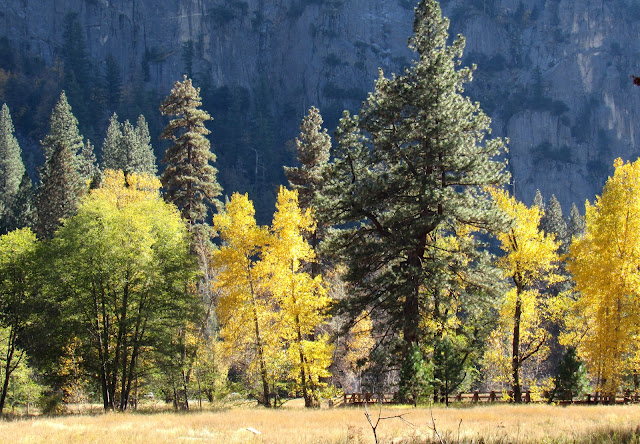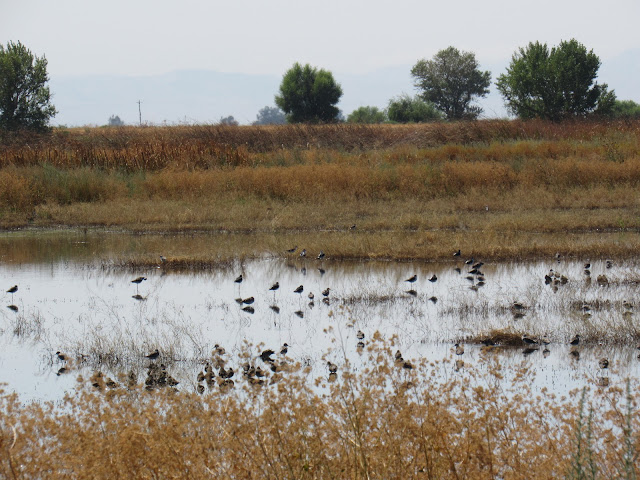Western Pygmy-Blue Butterfly

While I was supposed to be looking for Sandhill Cranes and early-season Greater White-fronted Geese at Merced National Wildlife Refuge yesterday, a much smaller winged creature caught my eye. Flying low near the ground around a patch of heliotrope flowers were several tiny fluttering gems. Since I strive to be an equal-opportunity naturalist, I crouched down on the ground to devote some time to studying these little butterflies, Western Pygmy-Blues ( Brephidium exile ). According to Kaufman's Field Guide to Butterflies of North America, this species is abundant in salt flats, salt marshes, deserts and other alkaline areas collectively thought of as wastelands. The plants they were visiting, Heliotropium curassavicum , are also generally associated with similar conditions: common names include Salt heliotrope, Alkali heliotrope and Seaside heliotrope. Salt-bush ( Atriplex spp. ), Lambsquarters ( Chenopodium album ), other members of...










